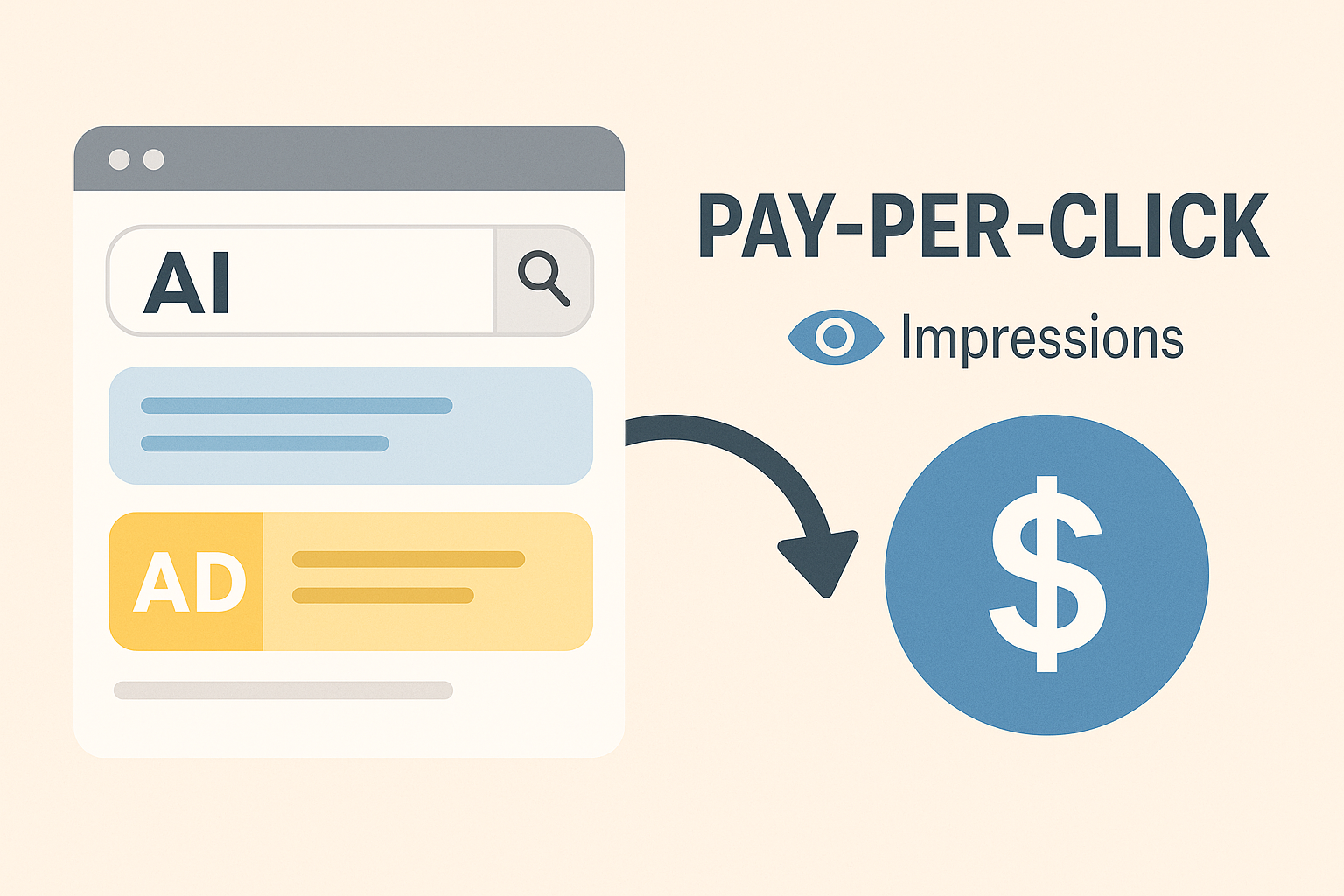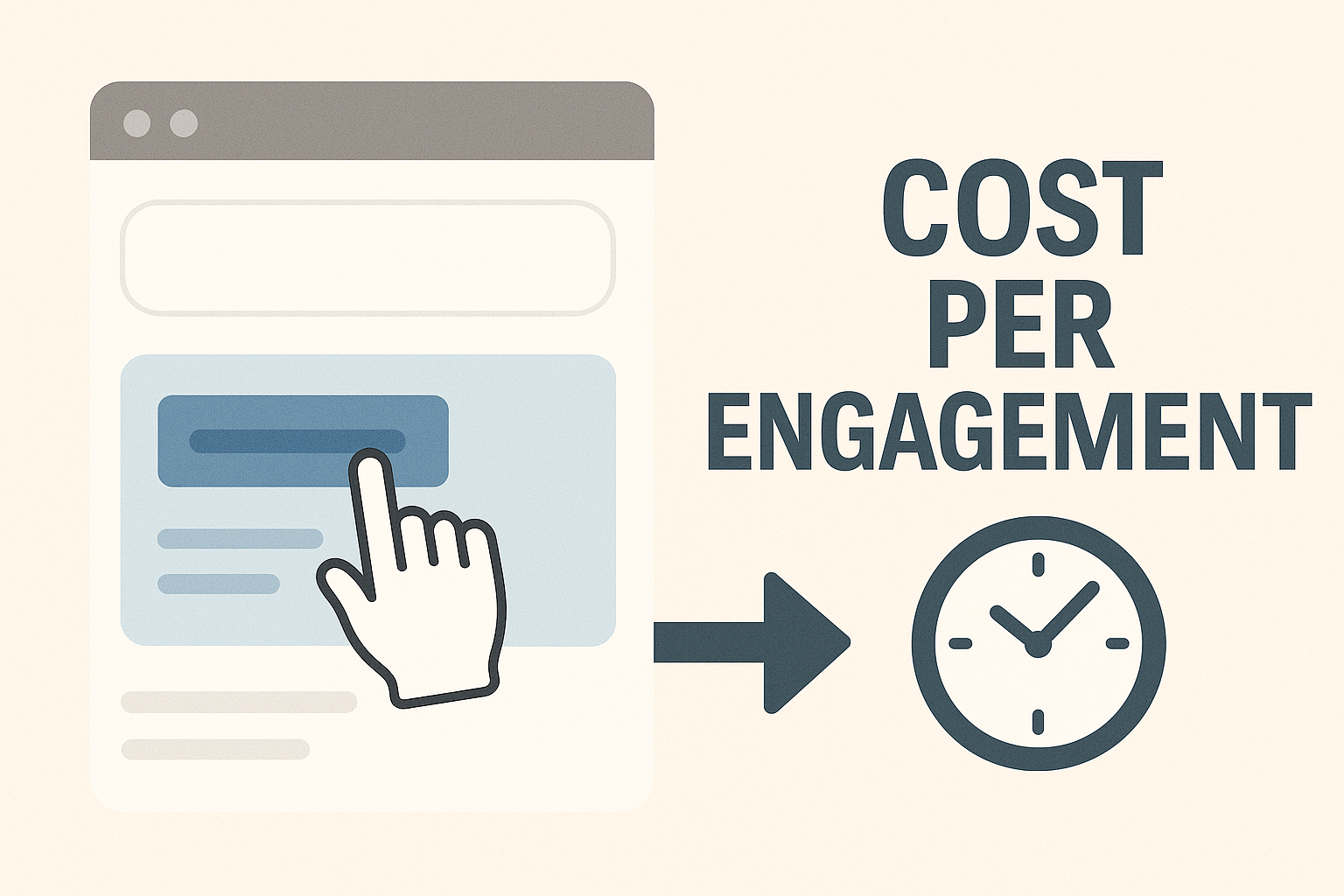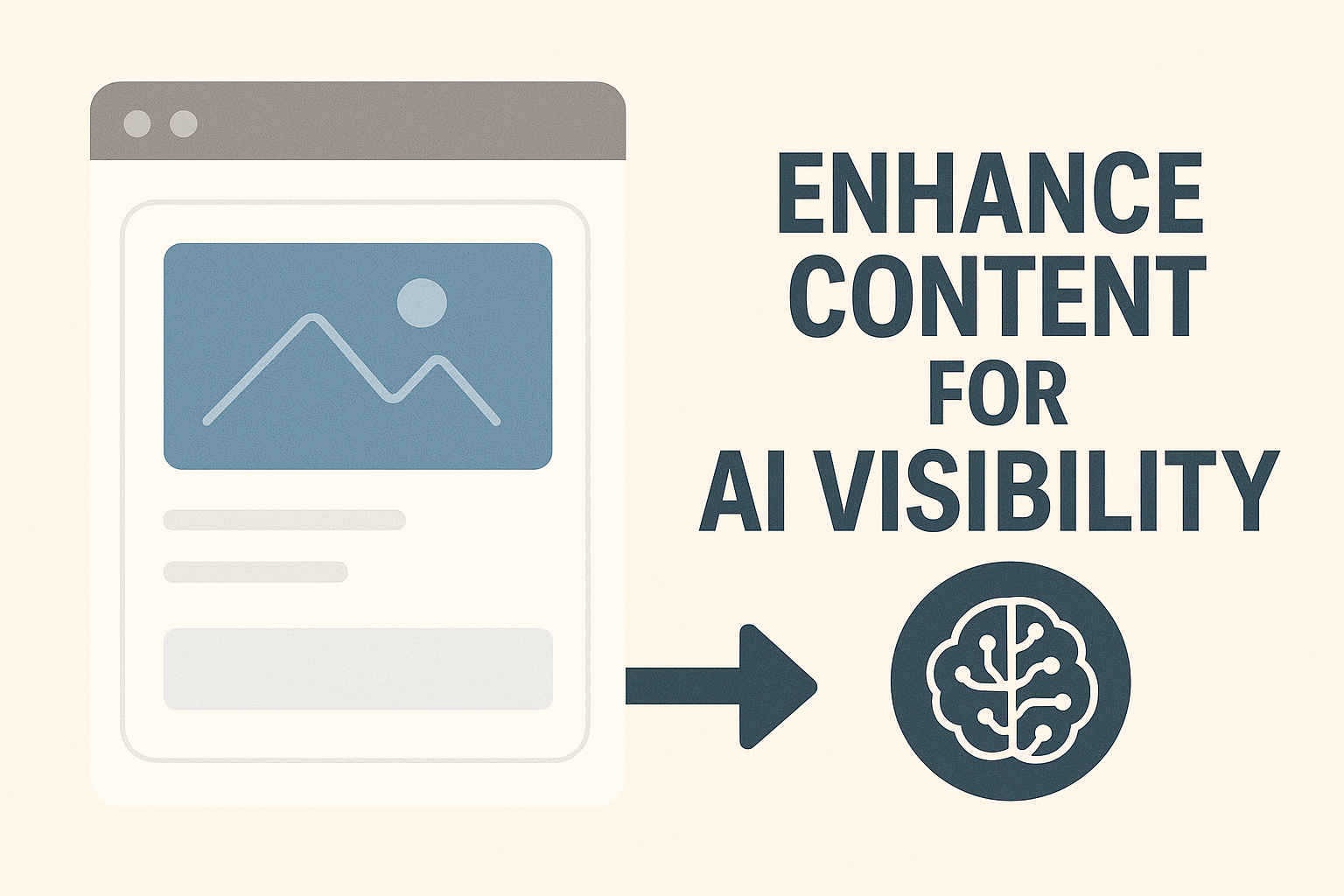ChatGPT becomes a search super power
Twisted Toast Digital is a Johannesburg-based marketing agency, with a presence and Cape Town and growing business in Kwa-Zulu-Natal, offering services from web development and branding to AI consulting.
A fast developing digital battleground is shaping into an internet search war certain to alter everything from pay-per-click advertising to the way in which website and related digital content is finessed. Perhaps it’s a bit early to announce an eventual demise of traditional keyword search results from Google, but judging from my own personal experience, large language model generative AI search expressed in natural language in a chatbot conversation format results in more fluid, nuanced and useful feedback.
To my mind, the way in which ChatGPT has weaved effective search into its chat tapestry offers an enhanced conversational solution for finding usefulness online. As a real world example, I recently searched for a comparison between new running shoe options. Instead of googling “running shoes” or “running shoe comparisons”, I typed a longer paragraph of explanatory text about my specific requirements and my background and specific needs, including granular detail. I “spoke” to ChatGPT as if talking to a knowledgeable friend.
The immediate results I received in the chat search conversation were remarkably informative and easy to understand. Note the reference to a conversation, something not possible in traditional keyword search without AI.
Importantly, because ChatGPT remembers the chat conversations I’ve had before, it was super easy to go back and ask follow-up questions, or to introduce new sub-topics, sometimes in the same chat and sometimes in new chats, over a few days. My results in the chats were impressive, as the tool finally tabled the available options neatly, with columns for the shoe options and rows for the various ways in which it could be compared, including all relevant terms such as “Cushioning style”, “Drop”, “Best for” and yes, “Price”.
The AI gathered relevant information, quickly, from multiple sources and provided the gathered information back in a useful manner, immediately. In traditional Google search, comparisons need to exist already on a specific website and it will then send you there. In ChatGPT, the answers to search queries are contextualised across sources, presented in a useful, intelligent way that is simple and easy to understand. It also provides an array of relevant images and links to purchase.
My intelligently generated and structured result from the running shoe conversations:
Certainly, Louis. Below is a concise comparison table of the Hoka Bondi 9, On Cloudsurfer 7, and Asics Gel-Nimbus 26, structured to highlight key attributes for evaluation:
Summary
- Choose the Hoka Bondi if you prioritise maximal cushioning and a soft, protective ride, especially for long distances or recovery.
- Choose the On Cloudsurfer if you want lightweight responsiveness and modern styling, suitable for a dynamic running style.
- Choose the Asics Gel-Nimbus for a balanced experience combining plushness and responsiveness, with a secure traditional fit.
Google is upping its game
Google is not resting on its laurels. It has introduced a more static version of AI results (compared to the way ChatGPT does it), at the top of search queries. This is a utility they call an AI Overview, which they explain as this: “An AI Overview is a feature in Google Search that uses generative AI to provide users with AI-generated summaries of topics at the top of the search results. These summaries aim to offer a quick overview of a topic by pulling information from multiple sources and providing links to more detailed information.”
In addition, Google is rolling out a new feature called “AI Mode in Search” and more innovations. Using their Gemini AI tool, AI Mode is a fundamental change to traditional keyword search, according to Google: “Under the hood, AI Mode uses our query fan-out technique, breaking down your question into subtopics and issuing a multitude of queries simultaneously on your behalf. This enables Search to dive deeper into the web than a traditional search on Google, helping you discover even more of what the web has to offer and find incredible, hyper-relevant content that matches your question.” Or, simply, in my opinion, searching like ChatGPT does it.
Challenges for traditional keyword advertising
In what experts are starting to call “Zero-Click Search”, attribution of advertising results becomes murkier. According to search veteran Michael Bonfils, “click volume has gone down since the introduction of AI”.
Importantly, in a zero-click world, how are we going to pay Google for search results provided in conversational, or AI Mode style? The era of blue website links is over in a generative AI search environment that provides rich contextualised, conversational results that sometimes contains links as “sources”, rather than direct links to a separate website that contains the actual information searched for, due to simple and static keyword matching. This is what made Google famous, but due to AI, things work very differently now.
With help from my friendly neighborhood AI, ChatGPT, here are some crucial thoughts to ponder.
The Decline of Traditional PPC Metrics
AI-generated summaries, such as Google’s AI Overviews, are designed to satisfy user queries directly at the top of the search engine results page (SERP). This shift has led to a significant increase in zero-click searches, with reports indicating that many consumers now rely on these results for a lot of their searches, reducing organic web traffic. Consequently, click-through rates (CTR) for both organic and paid listings could already have declined, diminishing the value of PPC campaigns that depend on user clicks.
Emerging Advertising Models in AI Search
In response to these changes, advertisers and platforms are exploring alternative models:
- Cost Per Mille (CPM): Charging advertisers per 1 000 impressions, regardless of user interaction. This model emphasises visibility over engagement.
- Cost Per Engagement (CPE): Focusing on specific user interactions, such as time spent viewing an ad or engaging with interactive elements.
- Pay Per Attention (PPA): A novel approach where advertisers pay based on the actual attention an ad receives, measured through user behavior indicators like mouse movement and dwell time. Research suggests that PPA can lead to higher revenues compared to traditional models.
- Sponsored Content Integration: Embedding sponsored messages within AI-generated responses. For instance, Perplexity AI is developing a model where brands can sponsor specific questions, with AI-generated answers vetted by the advertisers themselves.
Adapting Attribution and Performance Metrics
With the decline in direct clicks, traditional attribution models are less effective. Advertisers are shifting focus to metrics such as:
- Impression Share (IS): The frequency with which ads appear in relevant searches.
- Return on Ad Spend (ROAS): Evaluating the revenue generated relative to advertising costs.
- Brand Lift Studies: Assessing changes in consumer perception and awareness resulting from ad exposure.
These metrics provide a more comprehensive understanding of an ad’s impact in a landscape where user engagement may not involve direct clicks.
Strategic Recommendations for Agencies
For a premium boutique agency like Twisted Toast Digital, it’s crucial to:
- Educate Clients: Communicate the evolving nature of search and the diminishing role of clicks in measuring success
- Diversify Advertising Strategies: Incorporate a mix of CPM, CPE, and PPA models to align with current user behaviors.
- Enhance Content for AI Visibility: Optimise content to be featured in AI-generated summaries, increasing brand exposure even without clicks.
- Invest in Advanced Analytics: Utilise sophisticated tools to measure brand awareness and engagement beyond traditional metrics.
By embracing these strategies, agencies such as Twisted Toast Digital will continue to deliver exceptional value to clients, ensuring their brands remain prominent in an increasingly AI-driven search environment.







